French star demands 102-key piano
NewsThe maverick French soloist Lucas Debargue has adopted a 102-key instrument built by the French maker Stephen Paulello.
Lucas will perform on the megapiano at the Philharmonie de Paris for this weekend’s recital of Bach, Schumann, Fauré and Scriabine.
There is no mention in the concert programme of the unorthodox keyboard.
Most pianists get by with 88 keys.

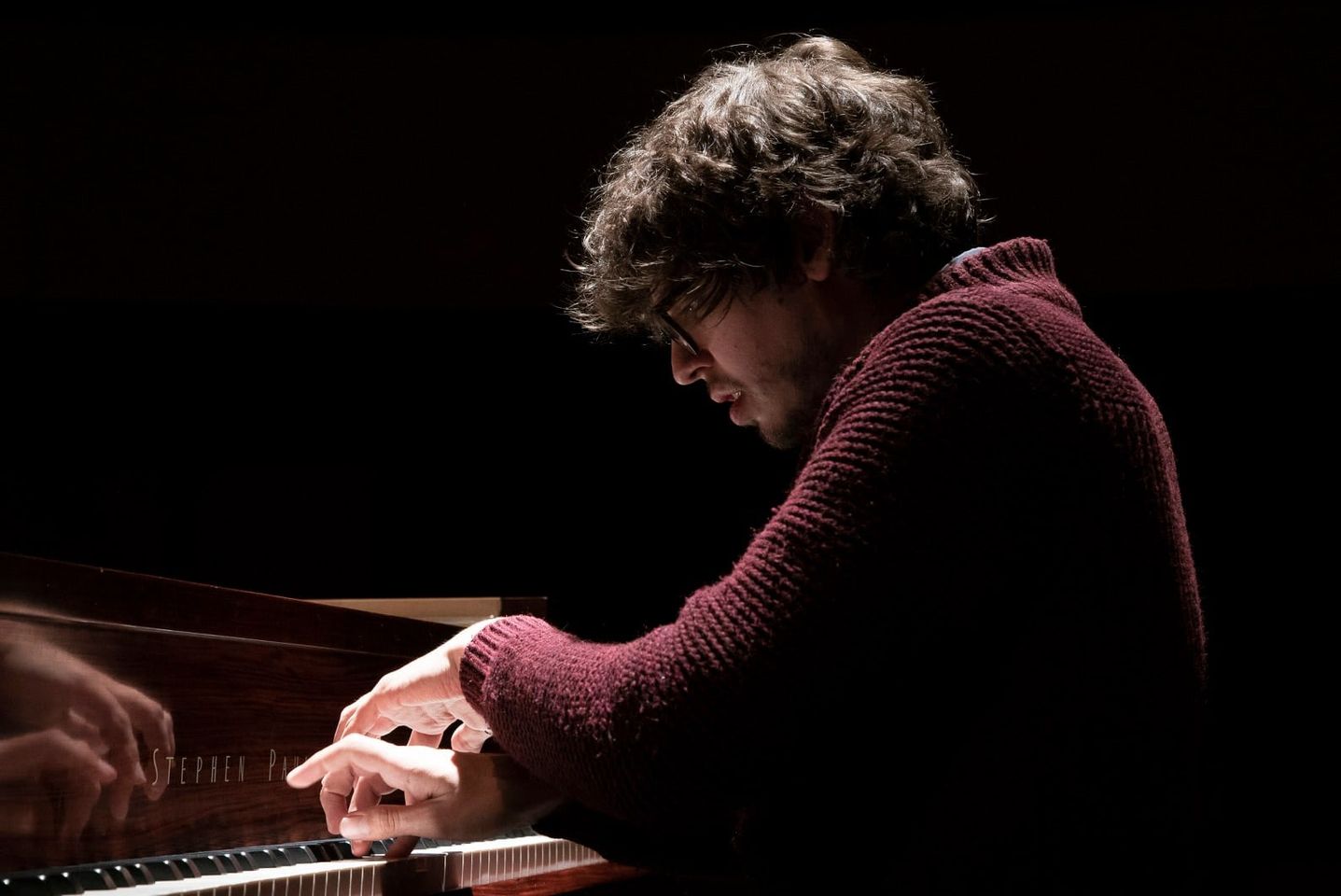
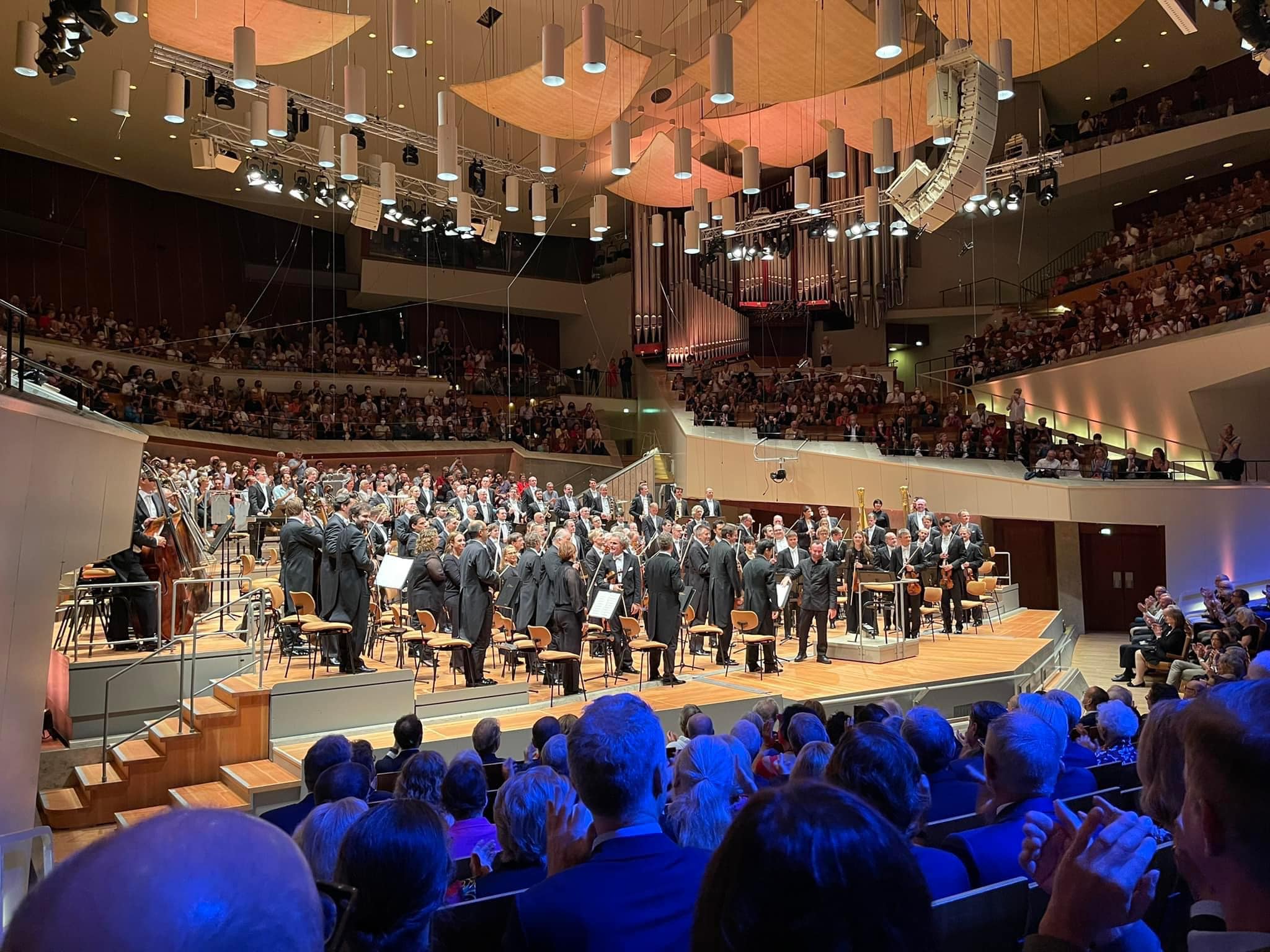
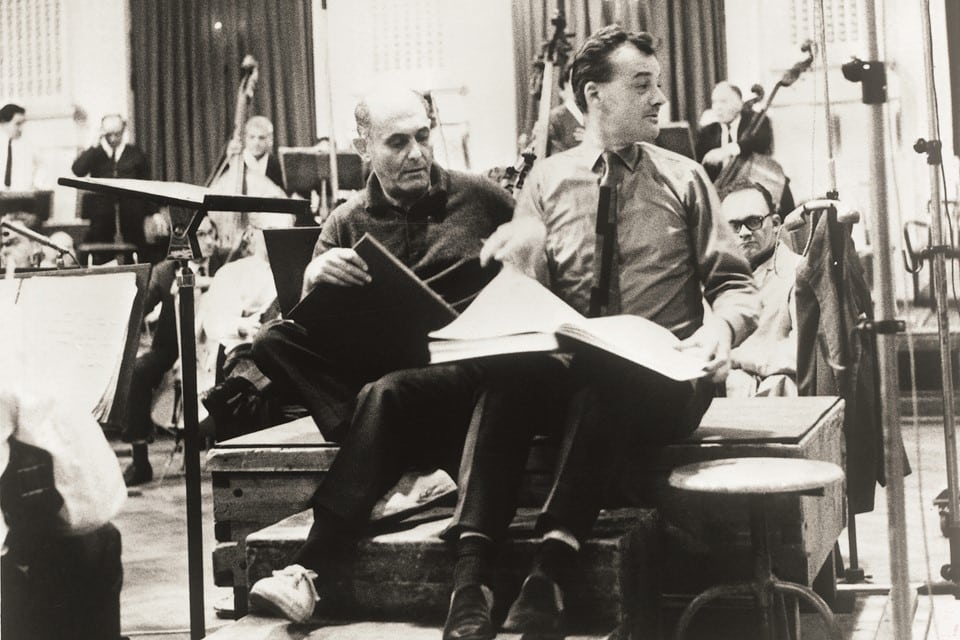
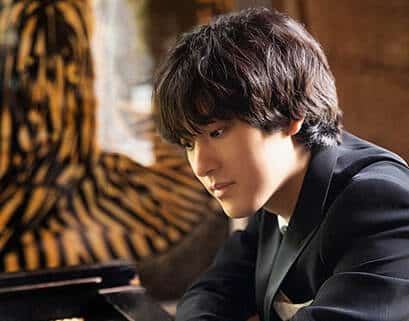
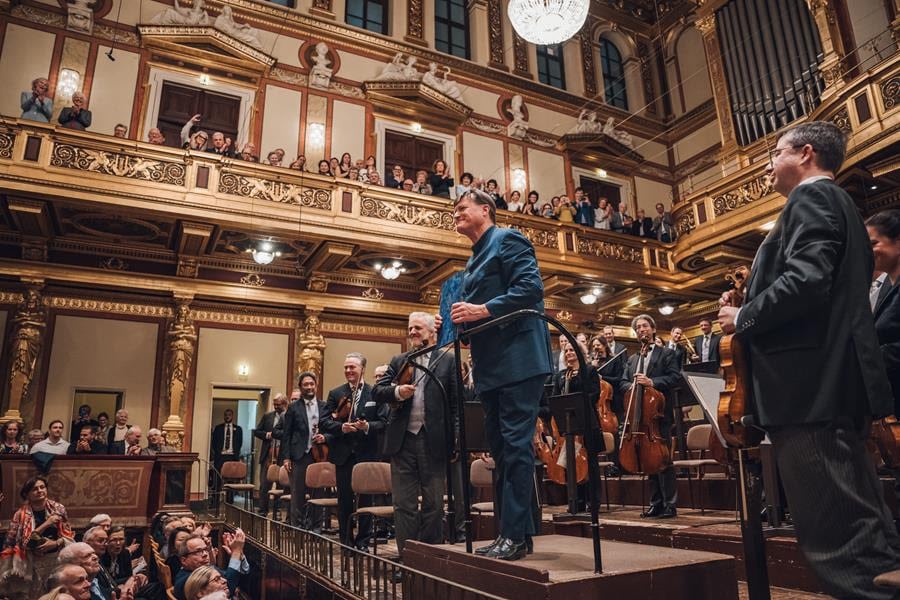
Good luck to him. As one who has faced a number of “extra key” Boesendorfer Imperials, I can testify that my center of gravity is always thrown off badly. 88 works fine for most repertoire.
Isn’t there supposed to be an available cover for the extra Boesendorfer keys so that the pianist keeps oriented?
All the extra keys are normally coloured black, so as not to throw the player off
Yes, more recently replaced by just painting the extra keys black.
Unless there is music specifically written for this wonder, it is very strange indeed. Or does young Lucas propose to play arrangements?
Maybe he is planning the mother of all cadenzas!
Just throw in some extra octaves…
About all you can do, show of extra unwrltten octaves. No more need than five strings on a violin if nothing is written for it!!! Publicity stint I suspect that also involves a large sum of money all round!
Hi Maria. Five string violins are featured in jazz, swing and country fiddling because they give more range for improvisation. There are even six and seven string instruments.
Where do the 14 extra keys go? Bass? Treble? Split between the two? The 63 on my harpsichord work well enough for me.
I agree Paul- adding to which register?- might the upper treble sound so tinkly as to become inaudible- or the bass- just becomes a growly noise below a certain pitch. Maybe Henry Cowell & John Cage would have approved.
Maybe they are for microtonal pitches! (shudder)
The extra keys will be distributed evenly over the entire width of the keyboard.
Combines the ideas of Stuart & Sons, and Pape. So a slew of works already in the repertoire then.
Well, yes…
But, there’s more to Stuart & Sons than extra notes (high as well as low).
The key is their Bridge Agraffe, which avoids the 90-degree phase rotation in reflected energy that most pianos create by their 19th-c. string-coupling technology.
If Norman thinks it OK, here’s a link to a music video I shot of pianist Hyperion Knight giving a royal workout to a 97-key Stuart and Sons that (years ago) I had arranged to have a working vacation in the studio of my wonderful engineering colleague Jerry Bruck.
https://www.youtube.com/watch?v=ykMpRPtXfVg
More than 50 years ago, Jerry Bruck was one of the three Early Mahlerians who convinced Mahler’s widow to rescind her previous ban on public performances of completions of the 10th symphony.
Jerry also wrote the monograph (published by Gil Kaplan) that re-established the proper order of the inner movements of the Sixth… .
Just to be in the same room with such a person!!!
Because of Jerry, there are only two people shaking hands between Saint Gus… and me.
Who am unworthy.
all my best,
john marks
There is more to like about a Paulelo piano than extra notes. It is a significantly different design.
Quite. Listen here:
https://www.youtube.com/watch?v=wgzjD6UDkDc
Assez horrible.
I’ve had a listen. Some dog breeds might appreciate the extra treble.
As someone who was brought up for nearly 30 years on a round legged, straight strung Chappell of about 1870 ( which I loved despite its heavy action) it seems to me to be a reversion to the straight strung designs of 150 – 170 years ago, with some ( quite a lot in fact ) notes added . The one on the youtube sounds rich in the middle , with an acceptable bass , but even allowing for my high tone deafness, the upper treble is awful . But then it’s difficult to get a Steinway to sound good above the break a lot of the time .
Is Mr Debargue plans to improvise improvise alongside the works in the ordinary program? I wonder if he is also giving some speech in his Miles Davis-inspired jargon.
If he played on 2 pianos simultaneously he could have 176 keys.
Maybe he should consider taking up the pipe organ. There are more than enough resources there for most anyone.
How about a piano with 165 keys, … one of the very last of the
65 Double-Keyboard Pianos constructed by Emmanuel Moor
in the 1920’s and 30’s? It’s a Bosendorfer 7-foot grand with
a unique coupling system making it possible to play an octave
when striking just one key. This piano is from 1931 and is one
of six yet in fine playing condition. It is being sold by the chari- able music foundation of which I am Trustee. ‘Any interest?
Stephen Paulello’s instruments are phenomenal.
It is always good to have a couple of reserve keys, to prevent the feeling of being locked-up in a piece.
I find eighty-eight quite enough.
Was he a pupil of Dr. Terwilliker?
Extra notes on the piano, especially in the bass, create much added richness and resonance in the overtone series in the piano, even if he never actually plays these extra keys. The extra strings will vibrate together with all the rest in sympathy. Thinking that this is all about “extra keys to play” is to regard the matter quite simplistically.
There exists also a Blüthner grand with extra strings above the ones that are played, they are there merely for the resonance, and the sound has a sonority unequalled by any other grand, not even a steinway C size. For some reason it remained an exception and the type has not been put into regular production. I once played on one which was from around 1900.
I think it is supposed to add more resonnance when using the sustain pedal.
If It ain’t broke…don’t fix it 🙂
The extra bass keys serve an interesting purpose. It shifts the ‘usable’ portion of the bass closer to the middle of the soundboard.
It’s a fascinating design. I’d love to try it.
https://www.stephenpaulello.com/sites/default/files/paulello/intros-de-pages/stephenpaulelloconcertgrandpianos.pdf
French always think differently.
I wonder what he will do qith the extra notes…never used nowhere .
may be the sound of the piano will be different…who knows???